Living organisms
Animal and plant cells
Find out about the cell components that are found in both animal and plant cells.

Specialised animal cells
Discover the different types of cells found in animals and what their role is. Learn about nerve cells, ciliated cells, muscle cells and more.

Specialised plant cells
Discover the different types of cells found in plants, and what each one does. Learn about xylem cells, phloem cells, root hair cells and more.

The four components of the blood
There are four parts of the blood: red blood cells, white blood cells, plasma and platelets.
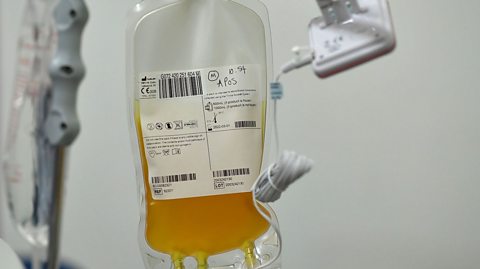
The skeletal system
Learn about the skeleton, a system of bones and joints that has many important jobs, such as protecting organs and helping the body to move.
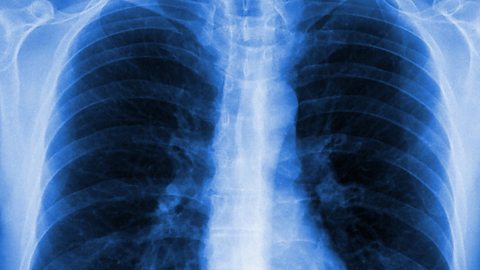
Skeletal muscles
Learn about the muscles that work together in pairs to move the bones and body. Discover which muscles, bones and joints are involved in kicking a ball or raising an arm.

Biomechanics
Learn how the skeleton moves at its joints with help from muscles, including examples of hinge, pivot, and ball and socket joints.

Adult and embryonic stem cells
There are two types of stem cells in humans: Embryonic stem cells and adult stem cells. Find out about the differences between them.
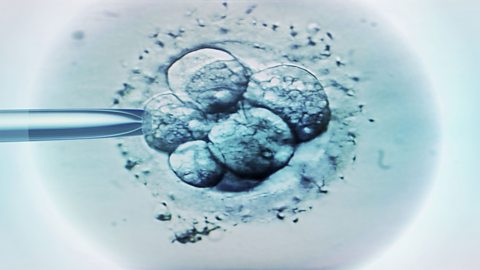
How plants and animals are organised
Cells in animals and plants are arranged into tissues, organs and organ systems.
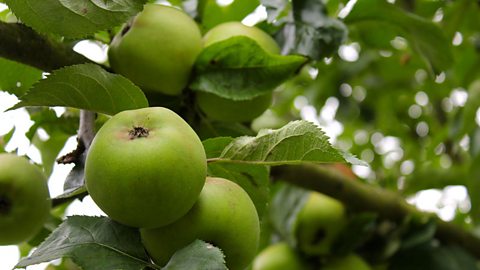
Leaf structure
Learn about the structure and function of leaves.

Unicellular organisms
Find out about unicellular organisms - a living thing that is made of just one cell.

Cellulose
An explanation of what cellulose is and how it is used.

The role of diffusion in and within cells
Diffusion is the movement of particles from high to low areas of concentration. Learn how cells use it to transfer substances.

How to make a model animal and plant cell
Animal and plant cells can be visualised using a model. Find out how to make them.
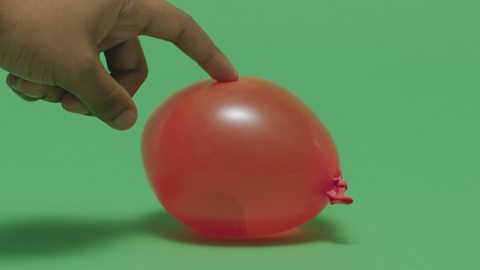
How to observe cells under a microscope
Discover how to observe cells using a microscope.

Links
- External linkExternal link
- External linkExternal link
- SubscriptionSubscription
- External linkExternal link
- External linkExternal link
- External linkExternal link
- External linkExternal link
- SubscriptionSubscription